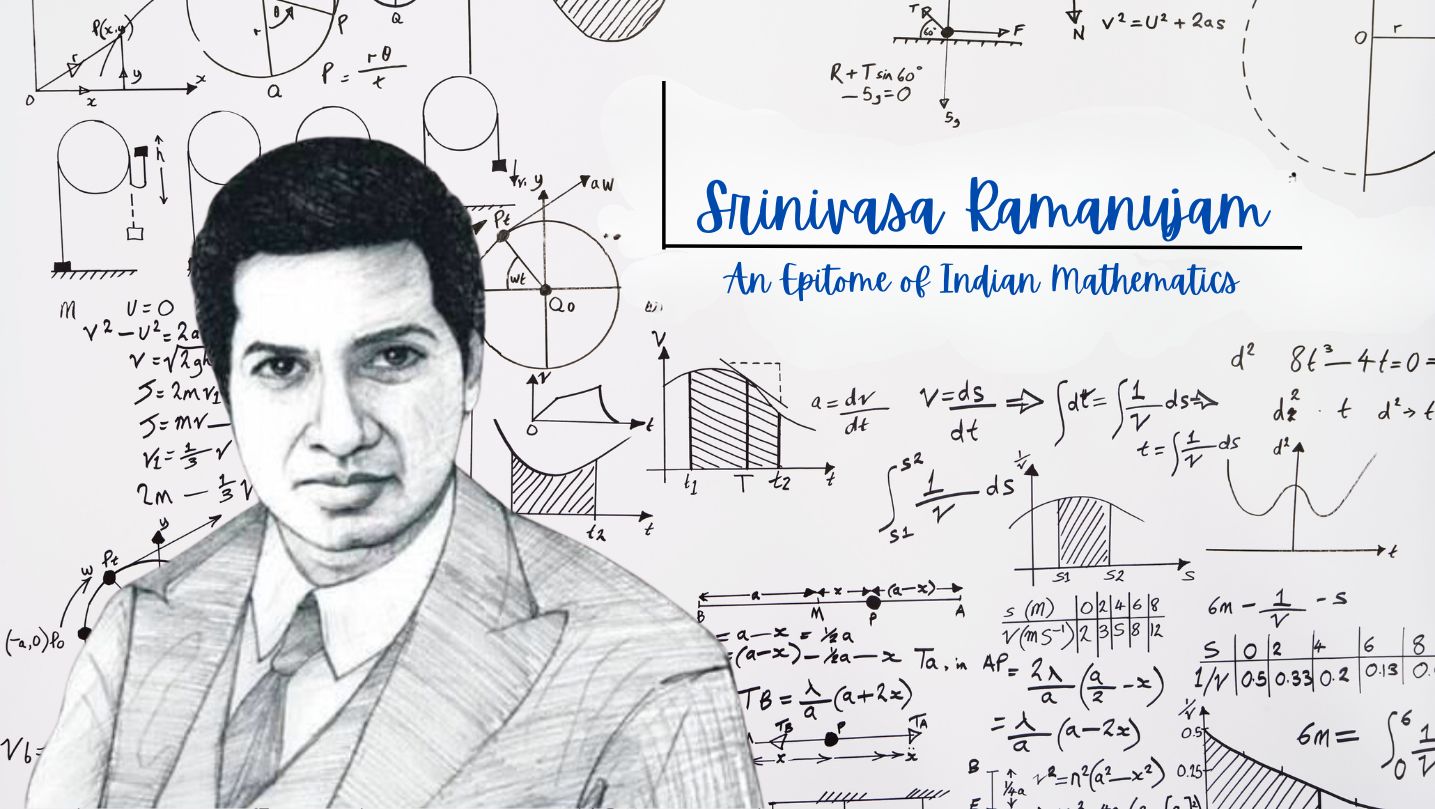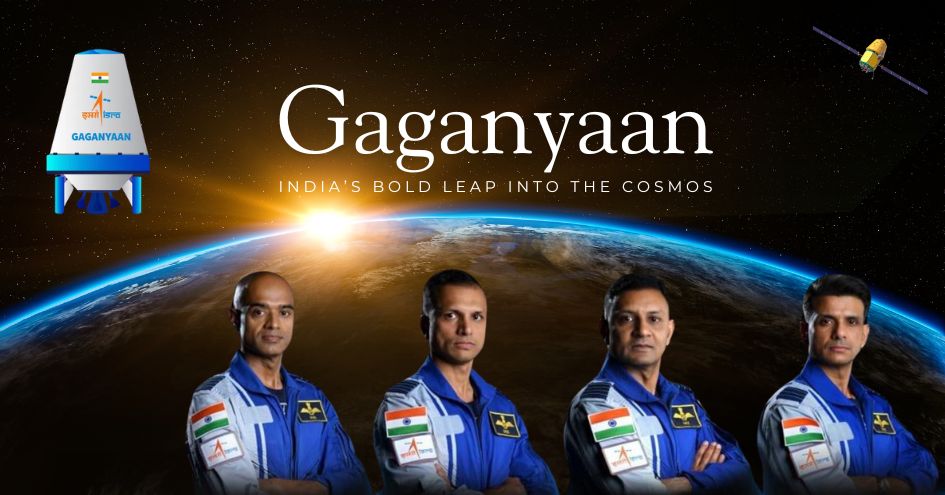
1887-1920
Ramanujan's life is full of strange contrasts. He had no formal training in mathematics but yet "he was a natural mathematical genius, in the class of Gauss and Euler." Probably Ramanujan's life has no parallel in the history of human thought. Godfrey Harold Hardy, who made it possible for Ramanujan to go to Cambridge and give formal shape to his works, said in one of his lectures given at Harvard University: "I have to form myself, as I have never really formed before, and try to help you to form, some of the reasoned estimate of the most romantic figure in the recent history of mathematics, a man whose career seems full of paradoxes and contradictions, who defies all cannons by which we are accustomed to judge one another and about whom all of us will probably agree in one judgement only, that he was in some sense a very great mathematician."
Srinivasa Ramanujan was born on December 22, 1887, in Erode about 400 km from Chennai, formerly known as Madras where his mother's parents lived. After one year he was brought to his father's town, Kumbakonam. His parents were K. Srinivasa lyengar and Komalatammal. He passed his primary examination in 1897, scoring first in the district and then he joined the Town High School. In 1904 he entered Kumbakonam's Government College as F.A. student. He was awarded a scholarship. However, after school, Ramanujan's total concentration was focussed on mathematics. The result was that his formal education did not continue for long. He first failed in Kumbakonam's Government College. He tried once again in Madras from Pachaiyappa's College but he failed again.
While at school he came across a book entitled A Synopsis of Elementary Results in Pure and Applied Mathematics by George Shoobridge Carr. It was certainly not a classic. But it had its positive features. This book had a great influence on Ramanujan's career. While Ramanujan made up his mind to pursue mathematics forgetting everything else but then he had to work under extreme hardship. He could not even buy enough paper to record the proofs of his results. Once he said to one of his friends, "when food is problem, how can I find money for paper? I may require four reams of paper every month." In fact Ramanujan was in a very precarious situation. He had lost his scholarship. He had failed in examination. What is more, he failed to prove a good tutor in the subject which he loved most.
At this juncture, Ramanujan was helped by R. Ramachandra Rao, then Collector of Nellore. The Indian Mathematical Society was founded by V. Ramaswami lyer, a middle-level Government servant, in 1906. Its Journal put Ramanujan on the world's mathematical map. For a short period (14 months) Ramanujan worked as clerk in the Madras Port Trust which he joined on March 1,1912.
Ramanujan's name will always be linked to Godfrey Harold Hardy, a British mathematician. It is not because Ramanujan worked with Hardy at Cambridge but it was Hardy who made it possible for Ramanujan to go to Cambridge. Encouraged by his well-wishers, Ramanujan, then 25 years old and had no formal education, wrote a letter to Hardy on January 16, 1913. The letter ran into eleven pages and it was filled with theorems in divergent series. Ramanujan wrote: "I beg to introduce myself to you as a clerk in the Accounts Department of the Port Trust Office at Madras on a salary of only £ 20 per annum. I have had no university education but I have undergone the ordinary school course. After leaving school I have been employing the spare time at my disposal to work at mathematics. I have not trodden through the conventional regular course which is followed in a university course, but I am striking out a new path for myself. I have made a special investigation of divergent series in general and the results I get are termed by the local mathematicians as "startling"... I would request you to go through the enclosed papers. Being poor, if you are convinced that there is anything of value I would like to have my theorems published. have not given the actual investigations nor the expressions that I get but I have indicated the lines on which I proceed. Being inexperienced I would very highly value any advice you give me." The letter has become an important historical document. In fact, this letter is one of the most important and exciting mathematical letters ever written. At the first glance Hardy was not impressed with the contents of the letter. So Hardy left it aside and got himself engaged in his daily routine work. But then he could not forget about it. In the evening Hardy again started examining the theorems sent by Ramanujan. He also requested his colleague and a distinguished mathematician, John Edensor Littlewood (1885-1977) to come and examine the theorems. After examining closely they realized the importance of Ramanujan's work. As C.P. Snow recounted, 'before mid- night they knew and knew for certain' that the writer of the manuscripts was a man of genius! Everyone in Cambridge concerned with mathematics came to know about the letter. Many of them thought 'at least another Jacobi in making had been found out.
Fortunately for Ramanujan, Hardy realised that the letter was the work of a genius. In the next three months Ramanujan received another three letters from Hardy. In the meantime Hardy started taking steps for bringing Ramanujan to England. He contacted the Indian Office in London to this effect. Ramanujan was awarded the first research scholarship by the Madras University. This was possible by the recommendation of Gilbert Walker, then Head of the Indian Meteorological Department in Simla.
Ramanujan was not very eager to travel abroad. In fact he was quite apprehensive. However, many of his well-wishers prevailed upon him and finally Ramanujan left Madras by S.S. Navesa on March 17, 1914. Ramanujan reached Cambridge on April 18, 1914. When Ramanujan reached England he was fully abreast of the recent developments in his field.
Ramanujan was awarded the B.A. degree in March 1916 for his work on 'Highly composite Numbers' which was published as a paper in the Journal of the London Mathematical Society. He was the second Indian to become a Fellow of the Royal Society in 1918 and he became one of the youngest Fellows in the entire history of the Royal Society. He was elected "for his investigation in Elliptic Functions and the Theory of Numbers." On 13 October 1918 he was the first Indian to be elected a Fellow of Trinity College, Cambridge.
Today Ramanujan's work has some applications in particle physics or in the calculation of pi up to a very large number of decimal places. His work on Rieman's Zeta Function has been applied to the pyrometry, the investigations of the temperature of furnaces. His work on the Partition Numbers resulted in two applications-new fuels and fabrics like nylons.
Ramanujan died of tuberculosis in Kumbakonam on April 26, 1920. He was only 32 years old. "It was always maths... Four days before he died he was scribbling," said Janaki, his wife. The untimely death of Ramanujan was most unfortunate particularly so when we take into account the circumstances under which he died. As Times Magazine rightly wrote: "There is something peculiarly sad in the spectacle of genius dying young, dying with the first sweets of recognition and success tasted, but before the full recognition of powers that lie within."
The only Ramanujan Museum in the country, founded by Shri P. K. Srinivasan, a mathematics teacher, operates from March 1993 in the Avvai Academy, Royapuram, Madras. The achievement of Ramanujan was so great that those who can really grasp the work of Ramanujan 'may doubt that so prodigious a feat had ever been accomplished in the history of thought! Ramanujan stands as evidence that the connection between Indians and mathematics is intrinsic and firmly embedded in the very DNA of the land.
 Dakshinamurthy is a scholar and researcher of Indic themes and a contributing writer of The Verandah Club
Dakshinamurthy is a scholar and researcher of Indic themes and a contributing writer of The Verandah Club
NEXT ARTICLE

Indian History is rife with conflict between kings for power, territory and regional supremacy. We have seen instances where kings have made it a poin...

"Saare Jahaan Se Accha, Hindustan Hamara!"These immortal words, spoken by Squadron Leader Rakesh Sharma from the vast expanse of space in 1984, When t...

High in the rugged, unforgiving terrain of Jammu and Kashmir’s Reasi district, where the Chenab River slices through deep gorges and the Himalayas loo...